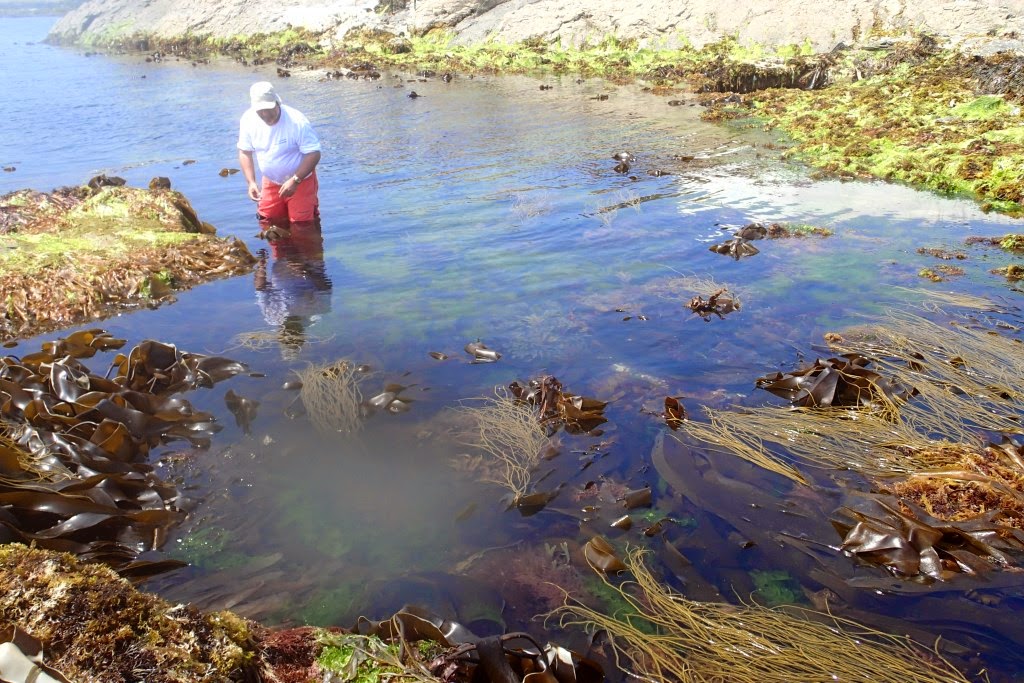Barrel Jellyfish bonanza
Giant 20 kilo jellyfish up to one metre in diameter
have been making appearances in our waters reports Matt Slater, Marine
Awareness Officer with leading local wildlife charity Cornwall Wildlife Trust. Matt
along with his famous surfing dog Mango was lucky to have the opportunity to
swim with an awesome barrel jellyfish in the Percuil Estuary near St Mawes.
Watch the video at www.shoresearchcornwall.blogspot.org.uk. Mango helps to give some
excellent perspective on the sheer size of this mesmerising creature!
Many people will have seen these alien looking
creatures when on and in the water. This year has been an extremely good year
for this species that has been described as the gentle giant of the jellyfish
world! And many more jellyfish species have started turning up around our
coasts, potentially bringing with them the world’s largest marine turtle!
“It was an otherworldly experience” said Matt Slater
of his experience swimming with the giant barrel jellyfish,
“These creatures are incredibly beautiful when you
get a close look at them.
The tentacles really look like soft coral, and round
the edge of the jellyfish’s umbrella like bell there is a deep blue line
punctuated every twenty centimetres or so with a tiny dot, a sensory statocyst.
Jellies are more aware of the watery world around them than you may imagine.
They are constantly swimming up and down in the water column looking for
profitable patches of plankton. The statocysts are their sensory cells that
enable them to orientate and tell up from down.”
Like a basking shark, barrel jellies feed
exclusively on plankton which is caught with sticky mucous covered tentacles,
and like a basking shark they are fortunately totally harmless to humans, their
stings being too weak to get through human skin.
Matt Slater continues,
Lots of people have been calling Cornwall Wildlife Trust
to ask us why there are so many jellies this year. In the spring tiny anemone
like jellyfish ‘polyps’ living on the sea bed expand in size and then bud off
thousands of tiny larvae. Most years these larvae will perish but in years
where the conditions are good, temperatures are optimal, there is plenty of planktonic
food and predators do not eat them all, large numbers of them will survive
creating these huge jellyfish swarms. It is a boom and bust cycle. In fact
according to our records the last time such large numbers of Barrel jellyfish
were seen in Cornwall
On Cornwall
One of the most exciting things about this news is
that where there are jellyfish there is a greater chance of seeing their
predators. Two sightings of leatherback turtles have already come into Cornwall
Wildlife Trust this summer, one off Porthcurno and one in Falmouth Bay
We urge the public to get in touch and record their
sightings of marine animals. This information is incredibly useful and
appreciated. To submit a record please use our user friendly website, www.cornwallwildlifetrust.org.uk/marinesighting
Cornwall Wildlife Trust work to protect Cornwall

















